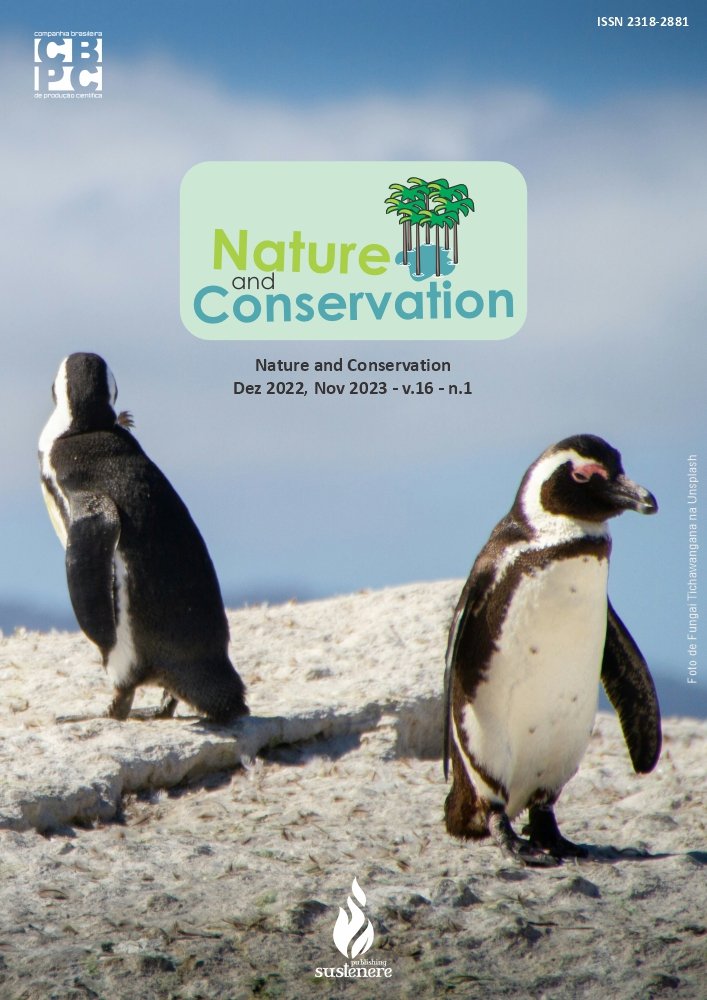Flood impacts on Santarém´s varzea schools infrastructure
DOI:
https://doi.org/10.6008/CBPC2179-6858.2022.003.0024Keywords:
Traditional population, Sustainability, Education, SeasonalityAbstract
The Amazonian floodplains have a dynamic that characterizes them as a complex ecosystem, with many gaps to be answered by the applied social sciences. With each flood and drought a new aspect is imposed on the geography of the floodplain and the daily lives of people. This research aimed to contribute to the generation of data and information to assist in a sustainable development perspective, focusing on the diagnosis of the impacts of the seasonality of natural events and their extremes on the infrastructure of schools in the floodplain of Santarém. Firstly, a survey was conducted of the number of municipal schools in operation, those that were paralysed, interdicted and rebuilt between 1999-2019. Then, using photographic records and testimonies from community members, a diagnosis of events was structured for the three microregions studied, with greater detail focused on the pole schools in each microregion. After structuring the data on the impacts raised, meetings were held with leaders from each micro-region for their confirmation. It was observed that, between the years 2005 and 2019, the floodplain schools in Santarém were annually affected by natural events that caused damage to building structures and material and immaterial losses. Between the years 2008 and 2009, five riverside schools in the várzea were rendered unusable by flooding and “terras caídas” and eleven were seriously damaged, leaving more than 450 students studying in makeshift spaces. Of the 33 schools located in the three microregions that make up the Ilha Grande do Tapará, 25% of those were permanently disabled between 1999 and 2019. The number of primary school registrations remained stable in the pole schools located in the larger and more consolidated villages and communities and oscillated in the small more distant communities. The closure of schools shows a relationship with the exodus of residents that deserves further investigation. It is concluded that natural and seasonal disaster events bring limitations and damage to the exercise of pedagogical practice in the floodplain of Santarém. These events, intensified by climate change, present themselves as challenges, but may be considered barriers to guaranteeing the right to education due to non-compliance with the Law of Directives and bases of national education (Law 9394/96), which establishes that the school year must have 200 school days and 800 hours of effective study.
Downloads
Downloads
Published
Issue
Section
License
Copyright (c) 2022 Ibero-American Journal of Environmental Sciences

This work is licensed under a Creative Commons Attribution-NonCommercial-NoDerivatives 4.0 International License.
The CBPC - Companhia Brasileira de Produção Científica (Brazil CNPJ: 11.221.422/0001-03) the material rights of the published works. The rights relate to the publication of the work anywhere in the world, including rights to renewals, expansions and dissemination of the contribution, as well as other subsidiary rights. All electronically published works may subsequently be published in printed collections under the coordination of this company and / or its partners. The authors preserve the copyright, but are not allowed to publish the contribution in another medium, printed or digital, in Portuguese or in translation.









